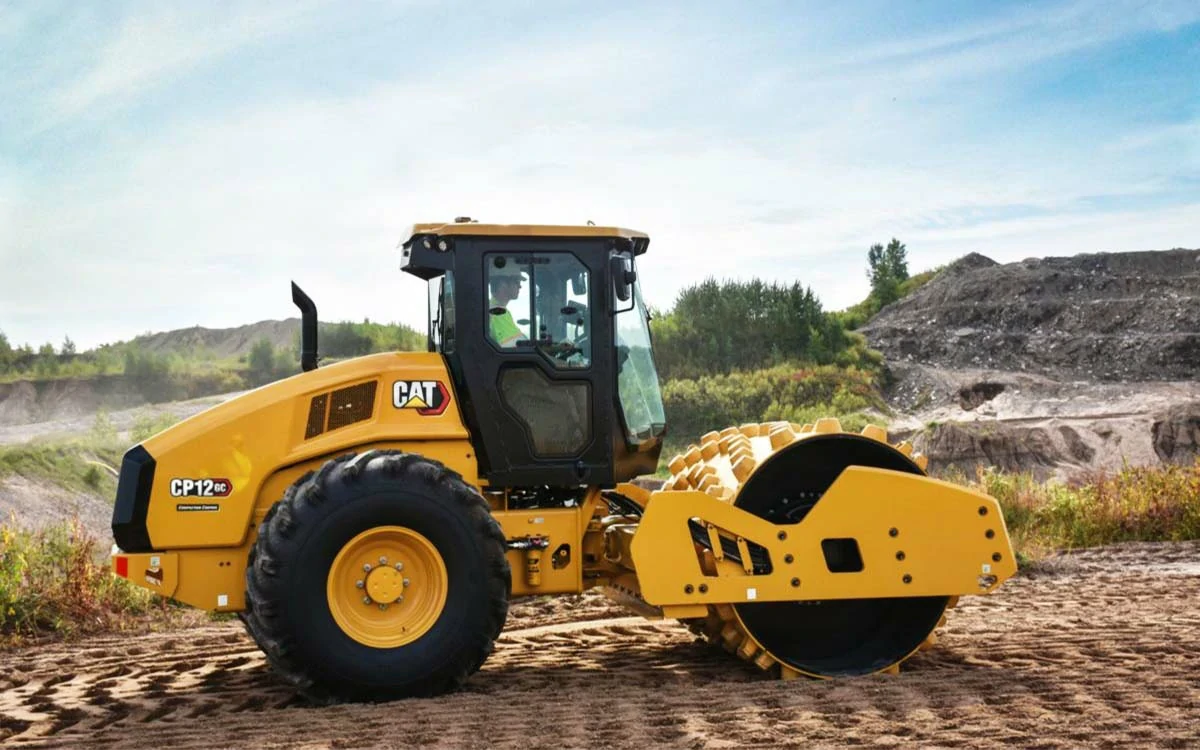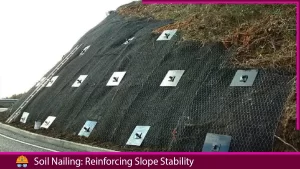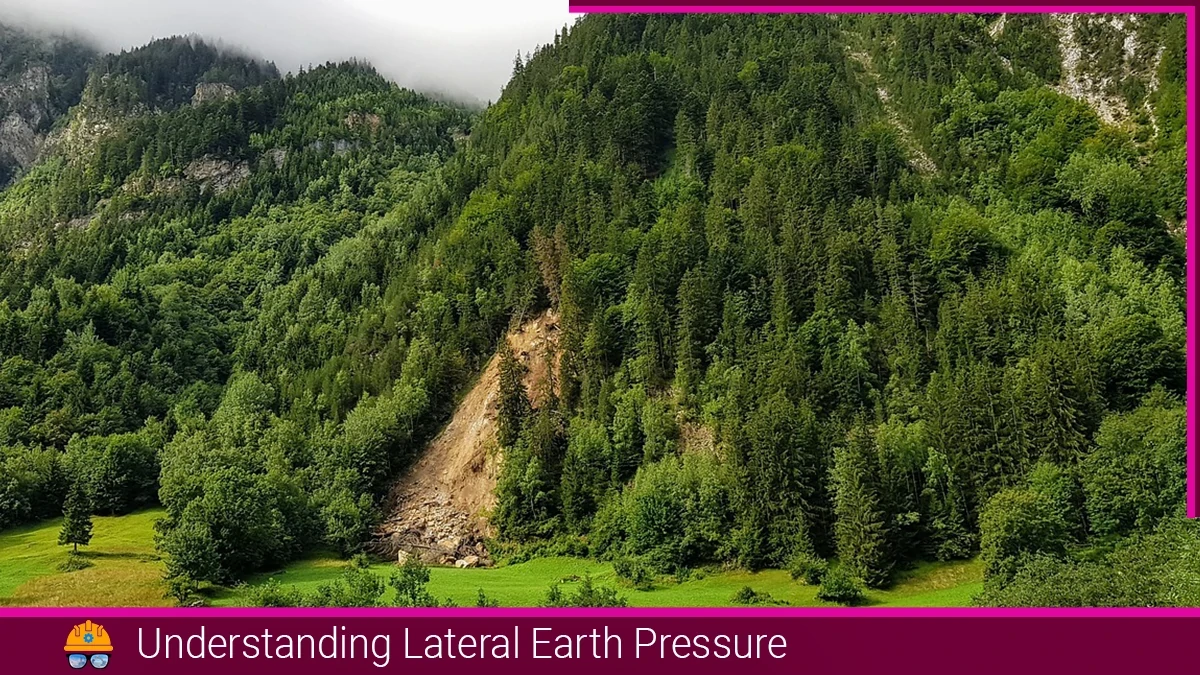In the realm of geotechnical engineering, the concepts of compaction and consolidation play pivotal roles in shaping the properties of soil. While these terms might seem interchangeable, they represent distinct processes, each influencing soil behaviour in unique ways. This article aims to shed light on the differences between compaction and consolidation and their significance in the construction and engineering of structures.
Compaction
Compaction is the process of increasing the density of soil by reducing the volume of air within its void spaces. It involves applying mechanical energy to the soil, typically through the use of heavy machinery or equipment like rollers, compactors, or vibratory plates.

Consolidation
Consolidation is the process by which soil particles are rearranged and water is expelled under sustained loading. When a load is applied to a soil mass, water within the void spaces is forced out, and the soil particles gradually settle over time. This process is often associated with fine-grained soils like clays
Compaction Vs Consolidation
The phenomenon of compaction in soil is distinct from the process of soil consolidation. The primary distinctions between these two phenomena can be outlined as follows:
| S.No. | Point | Compaction | Consolidation |
|---|---|---|---|
| 1. | Objective | The primary objective is to increase the soil density by reducing void spaces through the application of mechanical energy, enhancing the soil’s immediate load-bearing capacity. | The main goal is to allow the gradual settlement of soil over time under sustained loading, ensuring uniform and predictable settlement, particularly in fine-grained soils. |
| 2. | Process | Involves the use of mechanical equipment (rollers, compactors, etc.) to apply force and reduce voids in the soil, typically done before construction activities to improve the immediate engineering properties of the soil. | Occurs naturally over time as a result of sustained loading on the soil, leading to the expulsion of water and rearrangement of soil particles. This process is relevant for structures built on compressible soils. |
| 3. | Loading Type | Dynamic loading is a commonly employed method in the compaction of soils. | Static loading is a common and effective means of inducing consolidation. |
| 4. | Timeframe | Achieves its results immediately during and after the compaction process. | Takes place over an extended period, as the soil gradually settles under the influence of sustained loads. |
| 5. | Complexity of Phenomenon | Relatively complex phenomenon involving expulsion, compression, and dissolution of pore air-in water | Relatively simple phenomenon |
| 6. | Type of Soils | Applicable to a wide range of soils, particularly to cohesive soil (clays) as well as cohesionless soil (granular soils like sands, gravels, etc.) to improve their engineering properties. | Primarily associated with application to cohesive soils, such as clays, which are more prone to long-term settlement. |
| 7. | Water Content | The soil involved is partially saturated. | The soil involved is partially saturated. |
| 8. | Equipment | Involves the use of heavy machinery like rollers, compactors, or vibratory plates. | No specific equipment is applied directly for consolidation, as it is a natural process. However, engineers may consider factors like foundation design to manage consolidation settlement. |
| 9. | Duration of Effect | Immediate effects that last for the short term. | Settlement occurs gradually over time, and the effects are more long-term. |
| 10. | Application | Primarily employed in construction like embankments, roads, and earthen dams projects. | Useful as a means of improving the properties of foundation soil |
Also, read: Various Types Of Retaining Walls: A Comprehensive Guide
![]()







